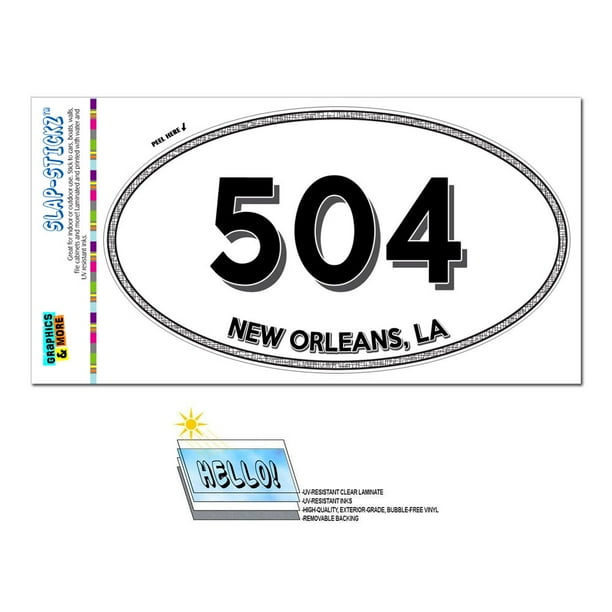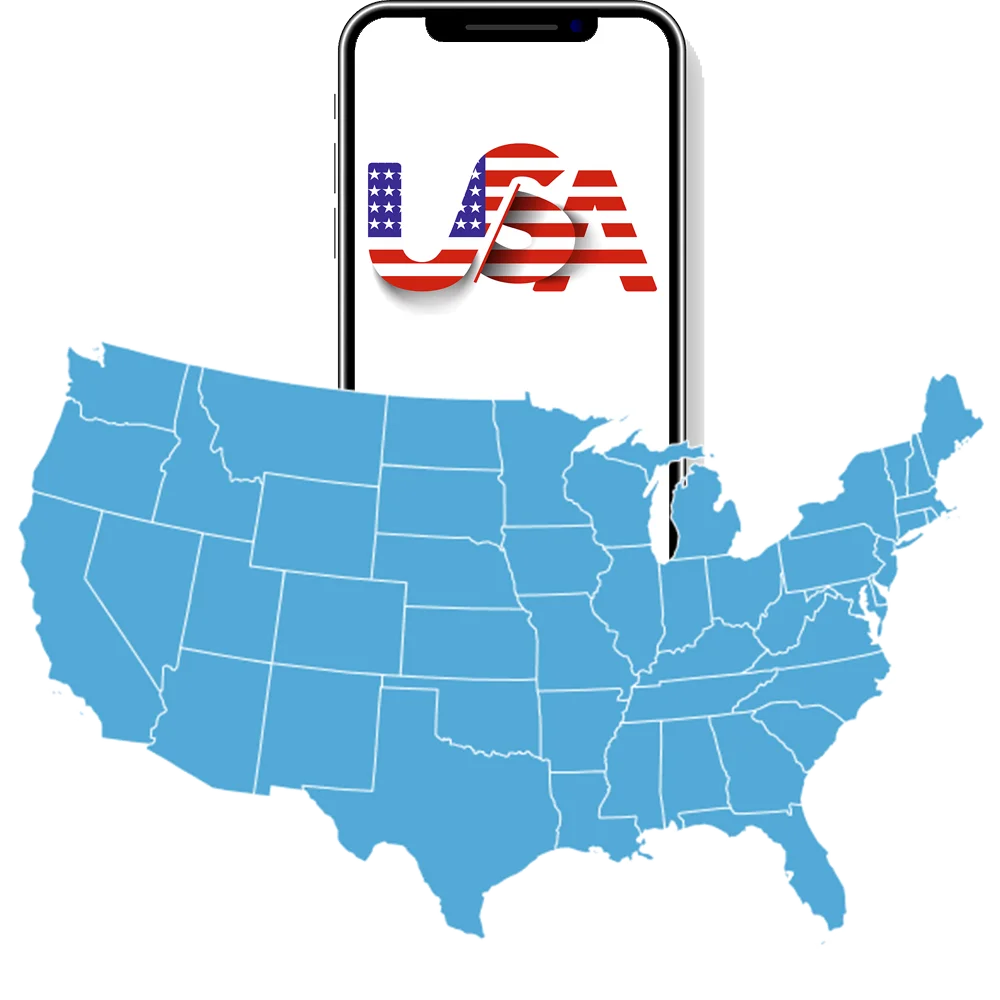504 Area Code: Location, Time Zone & Info For New Orleans & Beyond
Ever wondered about the significance of those three digits preceding a New Orleans phone number? Area code 504, a cornerstone of communication for the Crescent City, holds a rich history and continues to shape the way we connect in southeastern Louisiana.
Area code 504, a vital component of Louisiana's telecommunications landscape, serves as a gateway to the vibrant culture and bustling communities of the New Orleans metropolitan area. But its role extends beyond simply connecting calls; it's a key to understanding the evolution of Louisiana's communication infrastructure.
To fully grasp the scope of area code 504, one must first understand its geographical boundaries. This area code primarily covers the greater New Orleans area, encompassing the city itself along with surrounding parishes. More specifically, it stretches across southeastern Louisiana, connecting the urban heart of New Orleans to its suburban and rural counterparts. The reach of area code 504 includes cities such as Metairie, Kenner, and Slidell, each contributing to the diverse tapestry of the region.
- Jenna Warren Movies Tv Shows Voice Acting Roles Updated
- John P Kee News Health Update Gospel Music Trailblazer
Area code 504, is situated firmly within the Central Time Zone (CT), meaning that the clock in New Orleans aligns with the time experienced across a significant portion of the United States. This time zone adherence is crucial for businesses and individuals alike, particularly when coordinating activities with entities located elsewhere. Further aligning with the rhythm of the seasons, area code 504 observes Daylight Saving Time (DST) from March to November, which adjusts the clock forward by one hour during these months.
The formation of area code 504 dates back to 1947, when it emerged as one of the original area codes established across the nation. In its early years, this code encompassed a much wider geographical area, stretching across the entirety of Louisiana. However, as the population grew and the demand for phone numbers increased, the need for splitting and restructuring arose. Over the decades, area code 504 has undergone several splits and mergers to accommodate the growing telecommunications needs of the region. The most significant of these occurred in 1957, when the western portion of Louisiana was assigned the 318 area code. Later, in 1998, a further split resulted in the creation of area code 225, which included Baton Rouge and the surrounding areas.
The area code's evolution mirrors the growth and development of Louisiana itself. What started as a single area code to serve all of Louisiana has, through careful planning and adaptation, evolved into a more manageable structure. This has enabled the region to manage its telephone numbers efficiently, ensuring that both existing residents and new businesses can secure the phone numbers they need.
Dialing a number within the 504 area code is a straightforward process, adhering to the standard North American Numbering Plan. To make a local call, you simply dial the seven-digit phone number. However, when calling from outside the 504 area, you'll need to use the ten-digit format: the area code (504) followed by the seven-digit phone number. This ensures that your call is properly routed to its destination, connecting you with the intended party.
The 504 area code is more than just a collection of numbers; it's a system that facilitates communication. Area code 504 covers 14 cities. Within the 504 area code, a multitude of phone companies and service providers compete to deliver the best possible service. These providers offer a range of services, including traditional landlines, high-speed internet, and wireless communication. They are the backbone of the area's connectivity, providing the infrastructure needed to support everything from simple phone calls to complex business operations. Each of these entities contributes to the richness and complexity of the telecommunications landscape in the New Orleans metropolitan area.
In addition to the traditional fixed phone numbers, the telecommunications infrastructure is a constant evolution. This expansion has led to an increasing variety of prefixes within area code 504, each indicating a specific geographic region or service provider. These prefixes, or NXX codes, play a crucial role in the routing of calls and the management of phone number allocation.
The demographic landscape of the 504 area code is a vibrant mix. The area encompasses both urban and suburban communities, each bringing its own character and style to the mix. The ownership rate of homes in the 504 area code is an indicator of the economic stability of this area. As of recent data, a significant percentage of households in the 504 area code own their residences. The median value of these homes reflects the property market within the region. Furthermore, the median rent paid by renters in the area contributes to the overall affordability of housing. The economic profile of area code 504 also reflects the diversity and vitality of the populations residing in that area.
The 504 area code has a significant impact on the economic vitality of the New Orleans region. With such a high concentration of businesses, the area code facilitates critical commercial activities. Whether it's small local businesses or major corporations, the 504 area code is at the heart of their operation, allowing for communication with their customers, partners, and employees. The economic output generated by businesses within the 504 area code is a testament to the importance of telecommunication to commerce.
Area code 504 has also played an interesting role in the ongoing conversation about spam calls and unwanted solicitations. Like any other area code, the 504 area has not been immune to such inconveniences. Statistics available show that area code 504 experiences a measurable volume of spam complaints. The most reported type of spam involves live voice calls. While unwanted calls remain a reality of modern communication, the measures taken to fight these calls reflect a commitment to safeguarding the experience for users.
Area code 504 continues to evolve, adapting to the ever-changing communication needs of the New Orleans metropolitan area. The area code's history and usage highlight the importance of telecommunication infrastructure in fostering a community and driving economic growth. From its beginning as one of the original area codes to its current role in southeastern Louisiana, area code 504 has played a vital role in connecting people and businesses across the region. It's a symbol of how communication has changed and adapted over time.
| Characteristic | Details |
| Location | Southeastern Louisiana, including New Orleans and surrounding parishes |
| Time Zone | Central Time Zone (CT) observes Daylight Saving Time (DST) from March to November |
| Original Creation | 1947 as one of the original area codes |
| Key Cities Covered | New Orleans, Metairie, Kenner, Slidell |
| Dialing Format | 7-digit dialing for local calls within the 504 area code; 10-digit dialing (504 + phone number) for calls from outside the 504 area code |
| Area Code History | Underwent splits and mergers; originally covered all of Louisiana |
| Relieved Area Codes | 318 (1957), 225 (1998) |
| Number of Cities Covered | 14 cities |
| Carriers/Service Providers | Multiple phone companies and service providers offering landlines, internet, and wireless communication |
| Spam Complaint Rank | Ranked #227 for spam complaints |
| Spam Complaint Percentage | Accounts for 0.1809% of all spam complaints |
| Spam Complaint Type | Live voice complaints are the most recorded |
| Households Owning Residences | 58.04% |
| Median Home Value | $239,181.66 |
For a deeper dive into the specifics of area code 504, its history, and the latest information, you can consult the official website of the North American Numbering Plan Administrator (NANPA) NANPA.
Article Recommendations



Detail Author:
- Name : Miss Candida Larkin
- Username : winifred89
- Email : coleman82@green.com
- Birthdate : 1994-09-17
- Address : 5653 Francisca Ridges Suite 821 Lake Jeramyfort, IN 72131
- Phone : 445-663-6439
- Company : Lindgren-Steuber
- Job : Industrial Engineering Technician
- Bio : Eius similique consequatur distinctio aut voluptatem. Iure nihil dolore amet maxime. Ea quis rem similique labore voluptatem.
Socials
tiktok:
- url : https://tiktok.com/@freeda.o'connell
- username : freeda.o'connell
- bio : Nemo necessitatibus ex dolores. Et placeat ipsa vero rerum qui sit.
- followers : 4285
- following : 512
linkedin:
- url : https://linkedin.com/in/o'connellf
- username : o'connellf
- bio : Saepe id non aliquid est hic.
- followers : 3741
- following : 1320